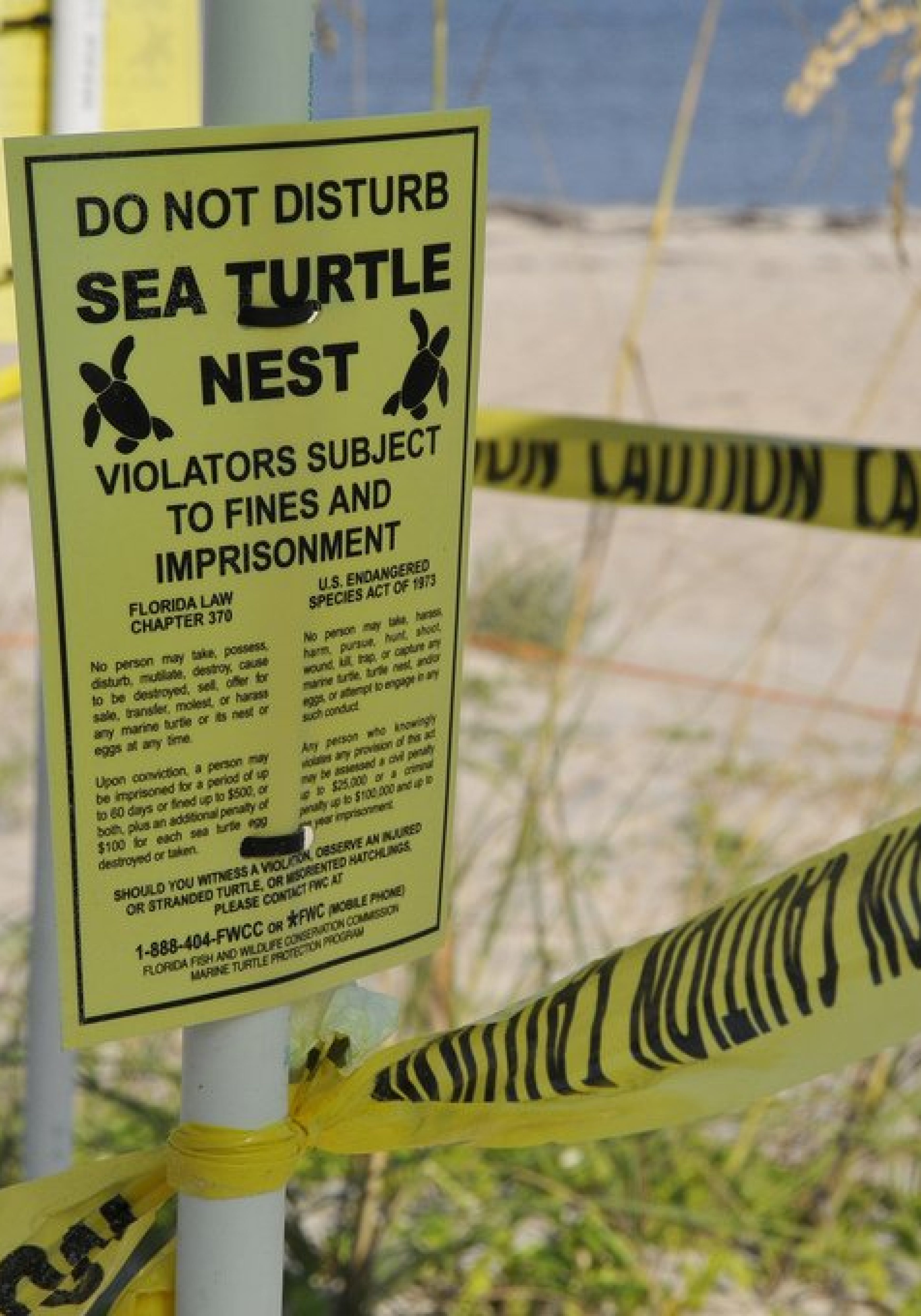
Besides the toll taken on the humans of Florida, Tropical Storm Colin claimed what may be hundreds of sea turtle nests buried beneath the sands along the state’s Gulf Coast, wildlife advocates say.
“There was damage,” said Joe Widlansky, sea turtle biologist with Sea Turtle Trackers, a group in Pinellas County that monitors the marine reptiles and their nesting habits in the region.
The nesting season just started last month, he said, and about 14 nests have been identified and marked with wooden sticks and ribbon in Widlansky’s district along the South Pinellas shoreline. Half of those were lost, he said, and between 25 and 50 percent loss may hold true along the Gulf coast from Pasco to Charlotte County.
Nests around Clearwater, he said, appeared to have suffered losses of between 40 and 50 percent.
“Everybody on the west coast,” he said, “took a good hit.”
State wildlife officials also are beginning to assess the damage to the nests, saying high tides and storm surge flooded nests in the Gulf of Mexico from the Panhandle to Southwest Florida.
Florida Fish and Wildlife Conservation Commission Executive Director Nick Wiley toured St. George Island near Apalachicola Bay Wednesday, an area where sea turtle nests were said to have sustained the most damage.
“This is a top priority for the agency,” Wiley said in a statement released Wednesday morning. “We want Florida’s sea turtles to have another successful nesting season and we will continue to work with FWC’s marine turtle permit holders to help make that happen.”
At least 79 nests in Charlotte County were destroyed by the storm, representing one in every four, according to a story in Wednesday’s Naples Daily News. Turtle nest monitors there told the newspaper that another 58 nests were flooded, but it appears the nestlings there have survived the storm.
Though the numbers seem dire, sea turtles nest several times before the end of the summer, providing a natural way to propagate even if some nests are destroyed, said Widlansky.
“It’s unfortunate this happened,” he said. “It’s nature.”
But nature also protects the turtles, he said, by allowing them to lay eggs throughout the summer. So, if an early storm hits, like Tropical Storm Colin, there still is time for turtles to go on with their business of making baby turtles.
Nesting season officially begins May 1, but, the month of June typically is the busiest month for turtles laying eggs along the Gulf of Mexico beaches, he said.
The eggs more recently produced, he said, have a better chance of surviving flooded nests. In some cases, eggs can survive being submerged five or six hours. Older eggs, in which the embryos are more developed and use more oxygen, are more susceptible to drowning.



